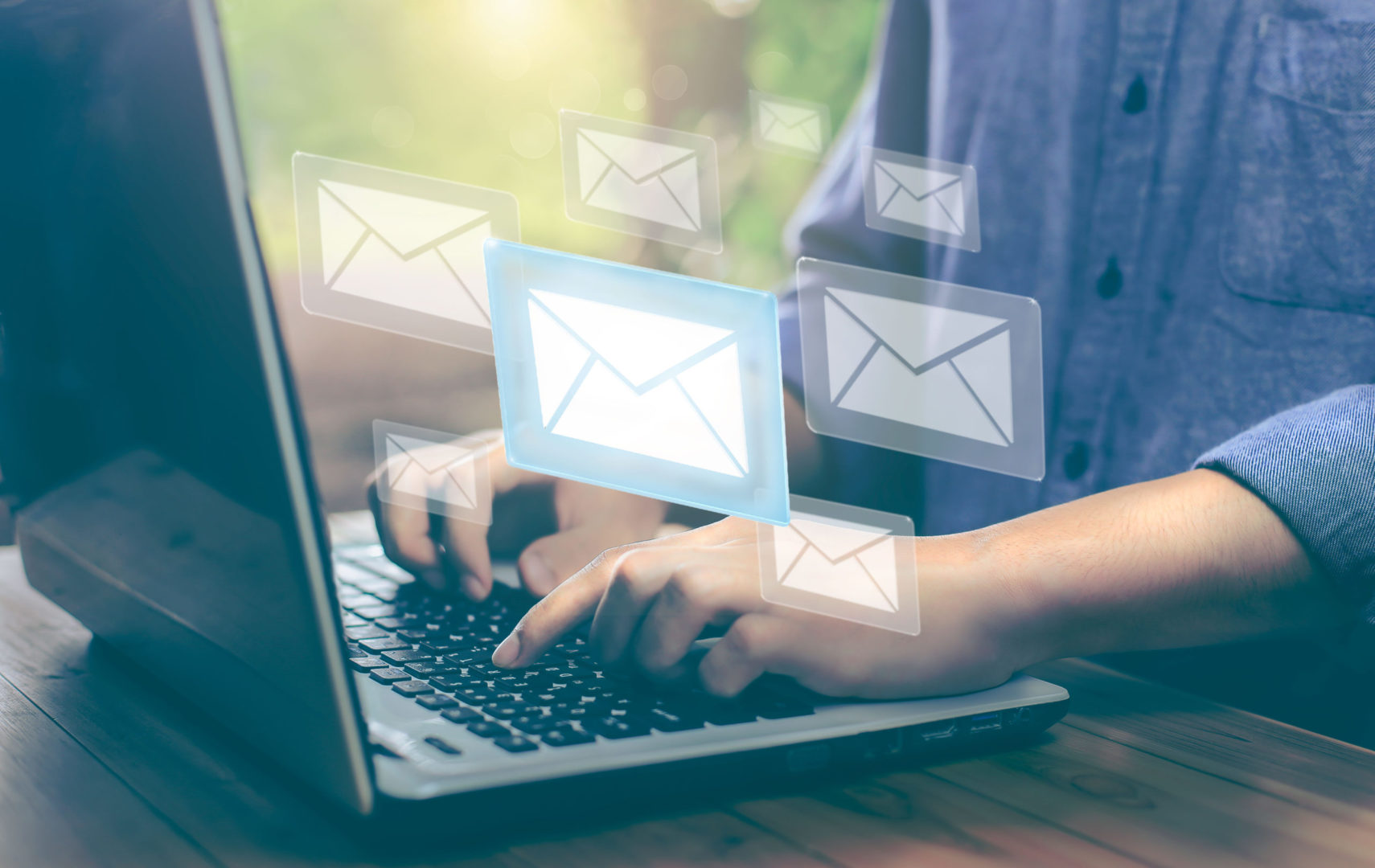Email has been a part of our lives for many years. Since then, this relationship has only grown stronger .
Even with so many social networks, websites, and communication applications available online, most people still prioritize receiving and sending emails.
By the end of 2023, approximately 4.3 billion people will use email on a daily basis. The expectation for next year is that this number will rise to 4.48 billion, according to research. No other virtual platform comes close to this potential.
According to The Digital Commerce 360 survey, 43% of respondents indicated that email marketing is the channel that has the greatest influence on their purchasing decisions.
Approximately 72% of consumers click on promotional emails at least a few times a week,, while 43% do so daily. There is no shortage of numbers to show that there is no way to leave this channel out of strategies.
This means that email represents a gateway to talking to people who are willing to learn more about your business and, possibly, become customers.
What is email marketing?
Email marketing is part of a marketing strategy that leverages the inbox into a powerful direct communication channel with your customer base (including potential consumers).
By sending emails, using the right contact list, a company can promote services, products, solutions, and various content to attract users’ attention and convert leads into buyers.
However, before sending any email to customers, the organization must request authorization and always adopt good practices to provide a satisfactory and relevant experience for them.
And how important is this strategy?
Why do email marketing?
Although social networks and communication applications have assumed an important role in users’ lives, a large part of the population continues to prioritize emails.
Having an email marketing strategy is important for building a strong relationship with customers and promoting services, products, and solutions in a more personalized and flexible manner.
It serves as a communication channel that assists in keeping the contact list up-to-date with the latest news, launches, and offers from your business, thereby driving more sales.
And if, even after understanding the importance of this strategy, you want more reasons to adopt it, here they are:
4 reasons why you should implement an email marketing strategy
- Higher likelihood of your customer viewing your message — Posting on social media doesn’t guarantee your followers will see your message. Email marketing, however, offers a greater chance of this happening. The open rate is usually higher.
- Positive financial return — email marketing is a communication channel with a high ROI (return on investment) rate, which makes it, most of the time, more effective.
- Customizable and flexible format — you decide what your company’s email marketing strategy should be. You can add texts, videos, images, colors and whatever else is interesting to your contact list.
- Opportunity to analyze multiple metrics — to ensure the success of your email marketing strategy, you can analyze metrics such as delivery rate, open rate, clicks (CTR), unsubscribe rate, conversion, ROI, and many others to identify which content performed best.
Types of email marketing
There are several possibilities for creating this type of strategy. Discover some models:
Newsletter — is a type of digital “newspaper” used to show news, interesting publications, launches, and other materials. Typically, it’s sent out on a weekly or monthly basis.
Promotional emails — one of the most commonly chosen formats for both online and brick-and-mortar stores.. Its purpose is to promote products and services, providing promotions, discount coupons, and benefits to encourage readers to make a purchase by clicking on a link within the email.
Content updates — this email marketing format aims to take users to other communication channels, such as blogs and informational websites, for example. Shows the latest publications and includes a CTA (call to action) button, allowing consumers to access them..
Event publicity — companies can also use email to promote events and provide key information for users to review and register. This strategy is broad and allows the use of images and graphic elements to attract the reader’s attention.
Nurturing flows — emails triggered automatically when the user takes an action. For example, when someone adds a product to their shopping cart but leaves the website without completing the purchase. Later on, they receive a message stating, “you forgot to complete your purchase”. This strategy is used to nurture leads, that is, to make the person rethink and then finalize the order.
Notice the numerous advantages of a well-structured strategy? Email can be the gateway to promote services, products, content, news, and events. Moreover, it’s an excellent communication channel to strengthen a good relationship with both potential customers and those who are already frequent purchasers.
However, before sending out a bunch of emails, it’s worth paying attention to best practices: be conscious of your email frequency, avoid sending multiple emails to the same person in a day, and respect your customers’ preferences regarding email content.


